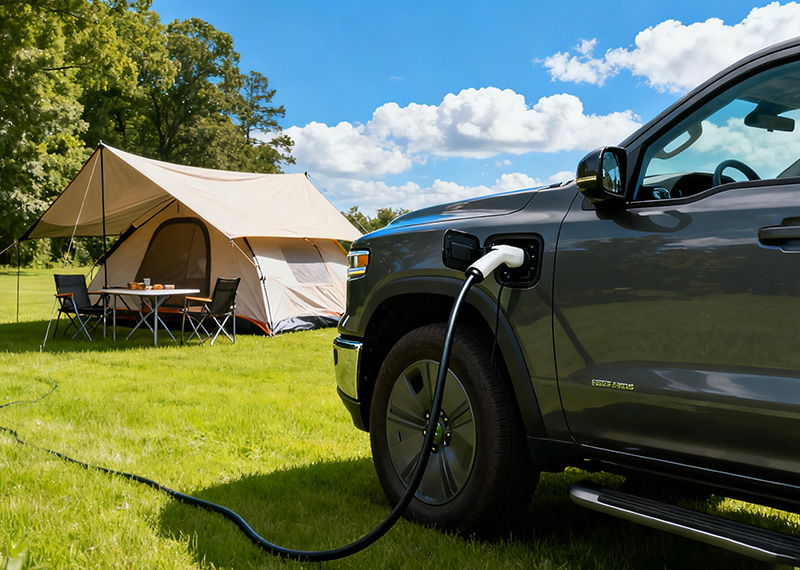
As electric vehicles (EVs) continue to gain traction worldwide, charging infrastructure has become the backbone of the entire EV ecosystem. However, for many businesses, developers, and fleet operators, selecting the right type of charging station can be confusing.
Understanding the differences between Level 1, Level 2, and Level 3 (DC Fast) chargers — including voltage, power output, speed, installation requirements, and costs — is crucial for building an efficient, future-proof charging network.
This guide breaks down each charging level in detail, helping you choose the best solution for residential, commercial, or public applications.
Level 1 Charging: Basic and Convenient for Light Daily Use
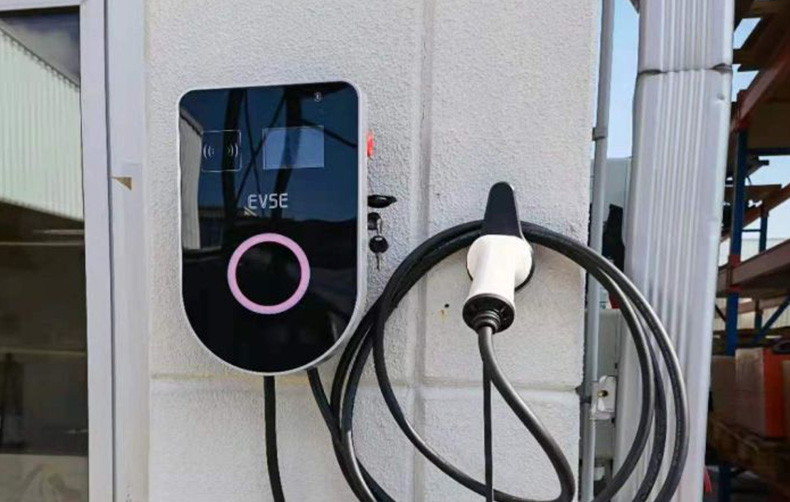
Level 1 charging is the most basic and accessible way to charge an EV. It uses a standard 120-volt AC household outlet, delivering between 1.3 and 2.4 kW of power. Most EVs include a portable charging cable, often referred to as an “emergency charger,” which can plug directly into a wall outlet — no special installation required.
Thanks to its plug-and-play convenience, Level 1 is ideal for users who:
- Have no dedicated parking or cannot upgrade their electrical panel.
- Drive short distances daily or own plug-in hybrids (PHEVs).
However, it’s quite slow — adding only 3–5 miles (5–8 km) of range per hour. For example, charging a 60 kWh battery from 20% to 80% can take more than 24 hours.
Level 1 remains a cost-free and accessible option for budget-conscious users or as a reliable backup solution for occasional charging.
To learn more about Level 1 charging stations, read “What is a Level 1 EV Charger?”
Level 2 Charging: The Most Common Solution for Homes and Businesses

Level 2 charging operates on a 240-volt AC supply and delivers 3 to 20 kW of power. This allows most EVs to reach a full charge within 4 to 8 hours — perfect for overnight charging at home or during work hours at the office.
It’s the most popular EV charging level for residential, workplace, and commercial use, found in:
- Home garages and driveways
- Apartment complexes and condominiums
- Office campuses, retail centers, and hotels
- Public parking facilities
Unlike Level 1, a Level 2 charger requires professional installation, possibly with a dedicated circuit or electrical panel upgrade. The equipment typically costs $300 – $1,000, with installation ranging from $300 – $1,500, depending on your site’s wiring.
Modern Level 2 chargers include smart features such as:
- Wi-Fi / Bluetooth connectivity
- Load balancing and scheduling
- Energy-use tracking and billing
- OCPP (Open Charge Point Protocol) compatibility for remote management
For property developers, fleet operators, or commercial site owners, Level 2 offers the best mix of performance, cost efficiency, and scalability. It’s the go-to solution for those wanting to provide reliable EV charging as a value-added amenity or customer service.
For more information on Level 2 charging, see “What is a Level 2 EV Charger?”
Level 3 Charging (DC Fast Charging): Powering Public Networks and High-Demand Use
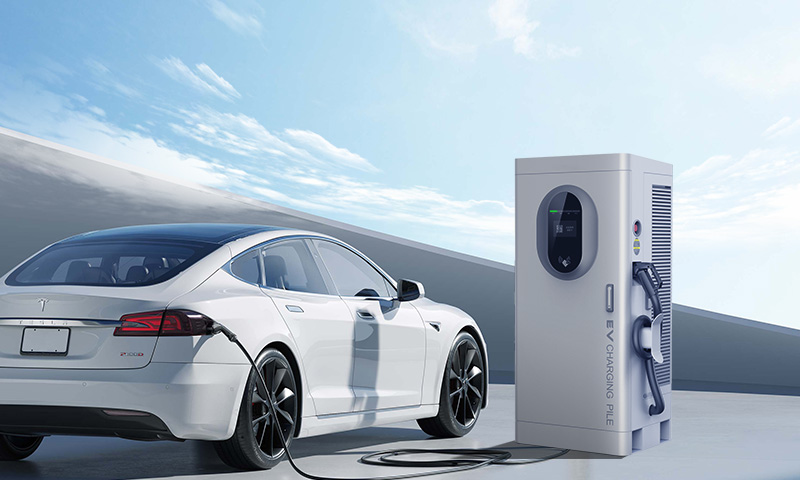
Level 3 charging, also known as DC Fast Charging (DCFC), delivers the fastest charging speeds available today — ranging from 50 kW to 350 kW.
Unlike Level 1 and Level 2 chargers, DC Fast Chargers convert AC power into DC inside the charger itself and feed it directly into the vehicle’s battery. This bypasses the onboard charger, drastically reducing charging time.
Most compatible EVs can reach 80% charge in 20–40 minutes, while premium models (like those from Tesla, Hyundai, or Lucid) can add 200+ km (125+ miles) of range in as little as 15 minutes.
These high-speed chargers are strategically installed in:
- Highway rest stops
- Urban charging hubs
- Fuel stations
- Shopping centers and commercial areas
However, the investment is substantial.
- Equipment cost: around $10,000+ per unit
- Installation and power infrastructure: tens of thousands more
Not all EVs support DC Fast Charging. Smaller EVs and plug-in hybrids (like the Fiat 500e or Mini Cooper SE) may lack compatibility or risk battery degradation with frequent DC use.
Level 3 charging is ideal for public networks and fleets requiring rapid turnaround — not for home garages.
To learn more about Level 3 charging, read “What is a Level 3 EV Charger?”
Level 1 vs Level 2 vs Level 3: Quick Comparison
| Feature | Level 1 | Level 2 | Level 3 (DCFC) |
|---|---|---|---|
| Power Supply | 120 V AC | 240 V AC | 50–350 kW DC |
| Power Output | 1.3–2.4 kW | 3–20 kW | 50–350 kW |
| Range Added per Hour | 3–5 mi (5–8 km) | 15–60 mi (24–96 km) | ~20 mi per minute |
| Typical Charge (20–80%) | 24 h+ | 4–8 h | 20–40 min |
| Installation | Plug-and-play | Professional install | Heavy infrastructure |
| Equipment Cost | Free (included) | $300–$1,000 | $10,000+ |
| Installation Cost | None | $300–$1,500 | $5,000 – $50,000 |
| Ideal Use | Home backup | Home & business | Public / highway |
| Compatibility | All EVs | Most EVs | CCS / CHAdeMO / NACS |
✅ Summary:
The higher the charging level, the faster the charge — but also the higher the cost and complexity.
Level 1: Basic backup
Level 2: Everyday mainstay
Level 3: Rapid public charging
Can All EVs Use Any Charger?
Not all EVs can use every charging level. While every model can plug into Level 1 and Level 2, Level 3 compatibility varies. Many plug-in hybrids (PHEVs) or smaller battery EVs cannot accept DC fast charging.
Best practice:
- Use Level 2 for daily charging
- Use Level 3 only for road trips or urgent top-ups
- Keep your battery between 20%–80% for optimal lifespan
For commercial operators managing a mixed charging network, it’s best to use open-protocol (OCPP) management software to integrate Level 2 and Level 3 stations from multiple brands into one unified platform — simplifying monitoring, billing, and load control.
How to Choose the Right Charging Solution
Choosing the right EV charging level depends on your use case, customer type, and investment plan:
- Homeowners:
Install a Level 2 charger for convenience; keep Level 1 as backup. - Developers & Multi-Unit Residences:
Offer Level 2 chargers as property amenities; enable user billing with smart software. - Commercial Properties (malls, hotels, offices):
Provide Level 2 chargers for guests or employees; add a few Level 3 stations for premium users. - Fleets & Logistics Operators:
Combine Level 2 and Level 3 chargers to balance cost and uptime; use smart load management. - Highways & Public Operators:
Focus on Level 3 fast chargers, with Level 2 as supplementary infrastructure.
Your Trusted Partner for EV Charging Solutions
We provide a full range of intelligent EV charging products — from Level 1 portable cables to Level 2 AC chargers (wall-mounted or pedestal) and high-power Level 3 DC fast chargers. All models support J1772, CCS1, CHAdeMO, and NACS standards.
With a 40,000 m² modern manufacturing base and proven global delivery capabilities, our products serve customers in over 100 countries, including North America, Europe, and Southeast Asia.
📩 Contact us today for a free product catalog and customized charging solution — and start building your future-ready EV charging network.
FAQ
1. What are the differences between Level 1, Level 2, and Level 3 charging?
Level 1 uses standard 120 V outlets and charges slowly. Level 2 operates on 240 V AC, ideal for home and business use. Level 3 (DC Fast Charging) uses high-power DC for rapid public or fleet charging.
2. How long does each level take to charge an EV?
Level 1 adds 3–5 miles per hour. Level 2 takes 4–8 hours for a full charge. Level 3 reaches 80% in 20–40 minutes.
3. Can I install a Level 3 charger at home?
Not typically — Level 3 chargers require high-voltage infrastructure and industrial-grade power supply.
4. How much does installation cost?
Level 2 installation ranges from $300–$1,500 for most homes. Level 3 installations can exceed $20,000 due to electrical and permitting requirements.
5. Which charging level suits businesses or fleets best?
Most commercial sites use Level 2 for flexibility and cost efficiency. Fleets or public operators rely on Level 3 for quick turnaround.
6. Are all EVs compatible with DC fast chargers?
No — some PHEVs and compact EVs cannot use DC fast charging. Always check the vehicle’s port type and compatibility (CCS, CHAdeMO, or NACS).
7. How can I manage multiple EV chargers across sites?
Use smart EV charger management software supporting OCPP for remote monitoring, load control, and billing integration.

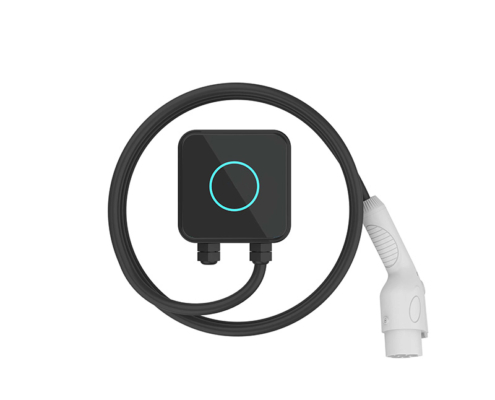
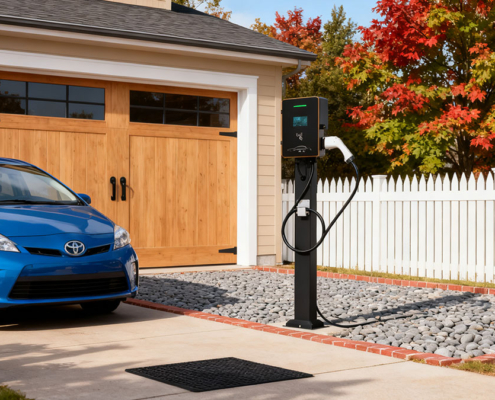




Leave a Reply
Want to join the discussion?Feel free to contribute!